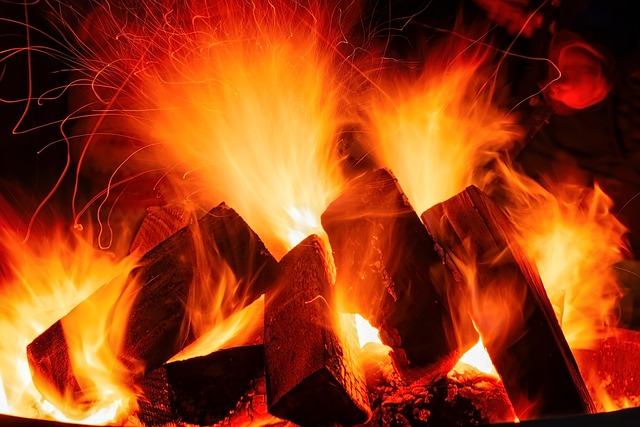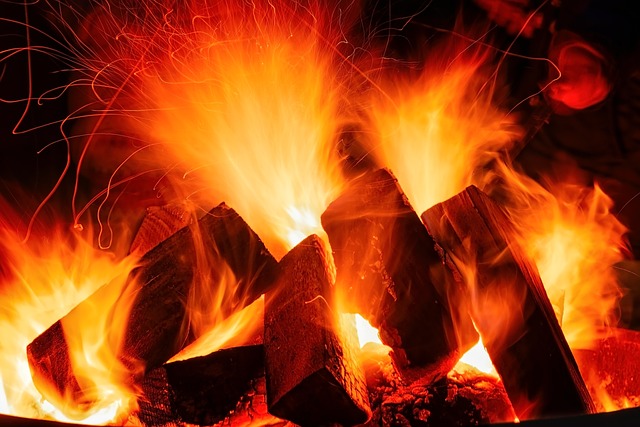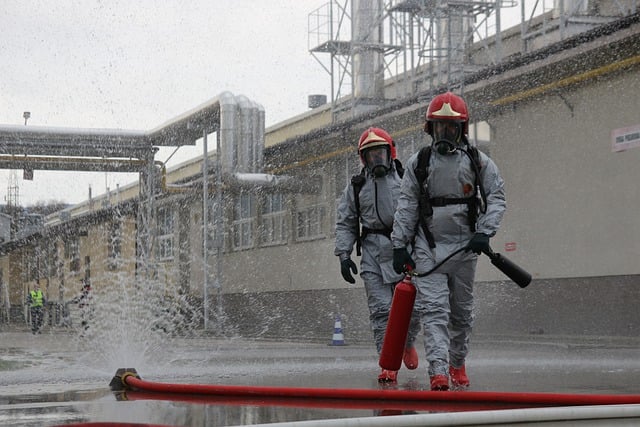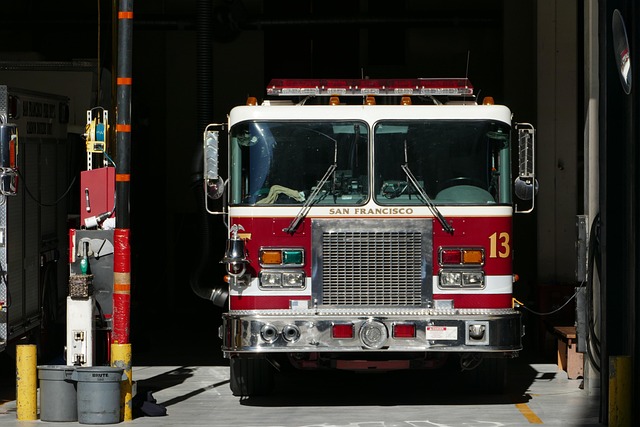Water damage mitigation is crucial for California homeowners after fires, involving assessment, containment, removal of contaminated materials, drying, and sanitization. Professional services are essential in efficiently navigating this complex process, especially for selling fire-damaged properties in California. Understanding the dynamics of water damage and swift response is vital for fair transactions and supporting affected communities. When selling a fire-damaged property in California, transparency, adherence to legal guidelines, and professional remediation through detailed disclosures and assessments are required for a smooth process.
Water damage mitigation is a critical aspect of real estate management, especially in vulnerable areas like California. This comprehensive guide delves into the intricacies of understanding water damage, its impact on the state’s market, and effective restoration strategies for fire-prone regions. Furthermore, we explore legal considerations surrounding the sale of fire-damaged properties in California, providing essential insights for homeowners and professionals alike. By addressing these key areas, this article offers a thorough resource for navigating post-disaster real estate scenarios.
- Understanding Water Damage Mitigation: A Comprehensive Guide
- The Impact of Water Damage on California's Real Estate Market
- Strategies for Effective Water Damage Restoration in Fire-Prone Areas
- Legal Considerations and Selling Fire-Damaged Properties in California
Understanding Water Damage Mitigation: A Comprehensive Guide

Water damage mitigation is a critical process that involves assessing, containing, and repairing water-affected areas to prevent further deterioration and loss. For homeowners in California, understanding this process is essential, especially when dealing with fire-damaged properties. After a fire, water is often used to extinguish the flames, leading to potential secondary damage if not managed properly.
A comprehensive guide to water damage mitigation should cover several key steps. First, it’s crucial to assess the extent of the water intrusion and identify the source. This step involves inspecting for visible water leaks, checking water meters, and assessing structural components that may have been affected. Once identified, immediate action is taken to contain the water, using materials like tarps, to prevent further penetration and minimize secondary damage. The process then focuses on removing contaminated materials, drying out the property, and sanitizing affected areas to ensure a safe and healthy environment for future occupancy. In California, where fire-damaged properties are common, professional mitigation services can be invaluable in navigating this complex process efficiently and effectively.
The Impact of Water Damage on California's Real Estate Market

Water damage can significantly impact California’s real estate market, affecting both homeowners and investors. When a property suffers from water damage, whether due to leaks, floods, or natural disasters like wildfires, it can lead to substantial financial losses for owners. Beyond structural repairs, selling a fire-damaged property in California might require additional investments in comprehensive restoration, which can be off-putting for potential buyers. The cost of mitigation and reconstruction often exceeds the initial value of the property, making it challenging to recoup expenses, especially if the market is slow to recover post-disaster.
This situation creates a unique challenge for real estate agents and investors. Selling fire-damaged properties in California requires transparent communication about the extent of damage and potential repairs needed. While some buyers may seek opportunities to renovate and flip homes, others might prefer to invest in undamaged properties or wait until the market stabilizes after water damage events subside. Understanding these dynamics is crucial for navigating the California real estate market, ensuring fair transactions, and supporting communities affected by such disasters.
Strategies for Effective Water Damage Restoration in Fire-Prone Areas
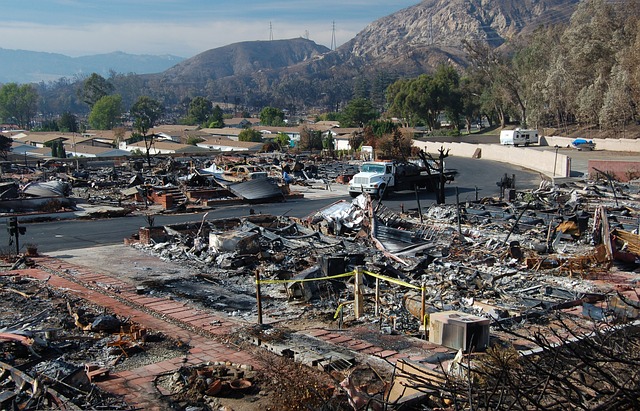
In fire-prone areas, water damage restoration requires a strategic approach that considers both immediate response and long-term prevention. When a fire occurs, water is often used to extinguish the flames, leading to significant water intrusion and subsequent damage. Prompt action is crucial; the faster you begin the restoration process, the more severe water damage can be mitigated. Property owners in California, known for its wildland fires, should have an emergency plan in place that includes securing exterior water sources, checking for leaks, and ensuring proper drainage systems to prevent excess water accumulation.
Effective restoration strategies involve a multi-step process. First, assess the extent of water damage using moisture meters and thermal imaging cameras. Then, remove damaged materials like drywall or insulation, as they can harbor mold growth if not treated promptly. Next, dry out the property using specialized equipment like dehumidifiers and air movers to prevent structural damage from prolonged moisture. For sell fire damaged property California homeowners, it’s essential to work with experienced professionals who understand local building codes and insurance requirements, ensuring a safe, efficient, and successful restoration process.
Legal Considerations and Selling Fire-Damaged Properties in California

In California, selling fire-damaged properties involves a unique set of legal considerations. Homeowners and real estate agents must adhere to strict guidelines and regulations when it comes to disclosing potential hazards and mitigating risks. Failure to do so can lead to legal repercussions and financial burdens. It’s crucial to understand that not all fire damage is visible; some issues, such as charred walls or melted insulation, might require professional assessment and remediation before a property can be safely listed for sale.
When selling a fire-damaged property in California, transparency is key. Real estate agents should provide detailed information about the incident and any known or suspected structural damage to potential buyers. This includes disclosing the extent of the fire damage, the timeline of events, and the steps that have been taken or will be undertaken to remediate the property. Proper documentation and certification from licensed professionals, such as inspectors or contractors, can help ensure a smooth sales process and protect both the seller and the buyer from legal disputes in the future.
Water damage mitigation is a crucial aspect of real estate management, especially in California’s fire-prone areas. By understanding the impact of water damage and implementing effective restoration strategies, homeowners and investors can navigate legal considerations and successfully sell fire-damaged properties. This comprehensive guide highlights the importance of swift action, professional restoration techniques, and knowledge of local regulations to ensure a smooth process for both property owners and prospective buyers in the California real estate market.
